Proper equipment makes all the difference in comfort and safety on a trek. Packing thoughtfully ensures you’re prepared for the Himalayas’ variable conditions.
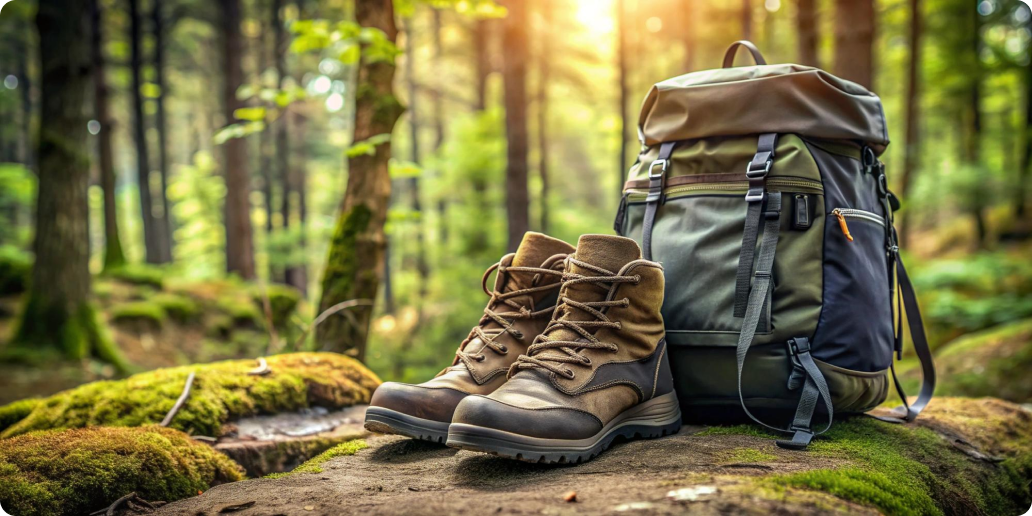
1. Clothing: Quick-Drying Layers, Warm Jacket, and Thermal Base Layers
For trekking in Nepal’s varying climates, clothing that can adapt to rapid temperature changes is essential. Quick-drying layers are invaluable, as they wick moisture away from the skin and prevent chills, even when sweating. Lightweight, breathable fabrics like synthetic blends are ideal for these base layers. Over these, a warm, insulated jacket is crucial for keeping out the cold at higher altitudes where temperatures can drop sharply, especially in the early mornings and evenings. Additionally, thermal base layers are highly recommended for colder nights and high-altitude sections, providing an extra layer of warmth and comfort when temperatures plummet. By layering effectively, trekkers can easily adjust to the day's climate variations, ensuring comfort and safety on the trail.
2. Footwear: Waterproof, Durable HIking Boots with Ankle Support
Your footwear is one of the most critical components of trekking gear, as it directly impacts both comfort and safety. Waterproof hiking boots with strong ankle support are essential for Nepal’s rugged and sometimes slippery trails. High-quality, durable boots keep feet dry during stream crossings, unexpected rain showers, or in snowy sections, minimizing the risk of blisters or cold feet. Adequate ankle support is vital for tackling uneven surfaces and prevents twists or sprains on rocky paths and steep descents. A broken-in pair of hiking boots—ideally with thick, moisture-wicking socks—can make a world of difference, as they provide a balance of comfort, grip, and stability over long distances.
Additonal Recommended Items
- Trekking poles (to reduce joint stress on descents).
- Reusable water bottle with water purification tablets.
- Power bank for electronic devices, especially for longer treks.
Preparing physically for a trek in Nepal’s Himalayas is essential to ensure a comfortable and safe experience. High-altitude trekking involves continuous walking on uneven trails, often for multiple days, which can be physically demanding. Regular cardiovascular exercises, like jogging, swimming, or cycling, can enhance your endurance, while strength training—particularly for the legs—will help you manage the steep ascents and descents. It’s also beneficial to focus on flexibility, as a supple body is less likely to suffer strains and injuries on the trail. Many trekkers recommend starting physical preparation at least 6–8 weeks before the trek to build the necessary stamina.
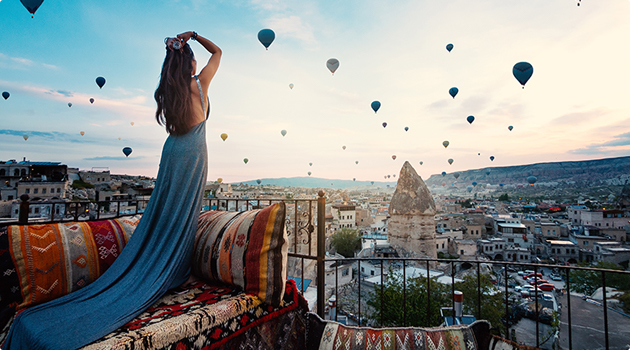



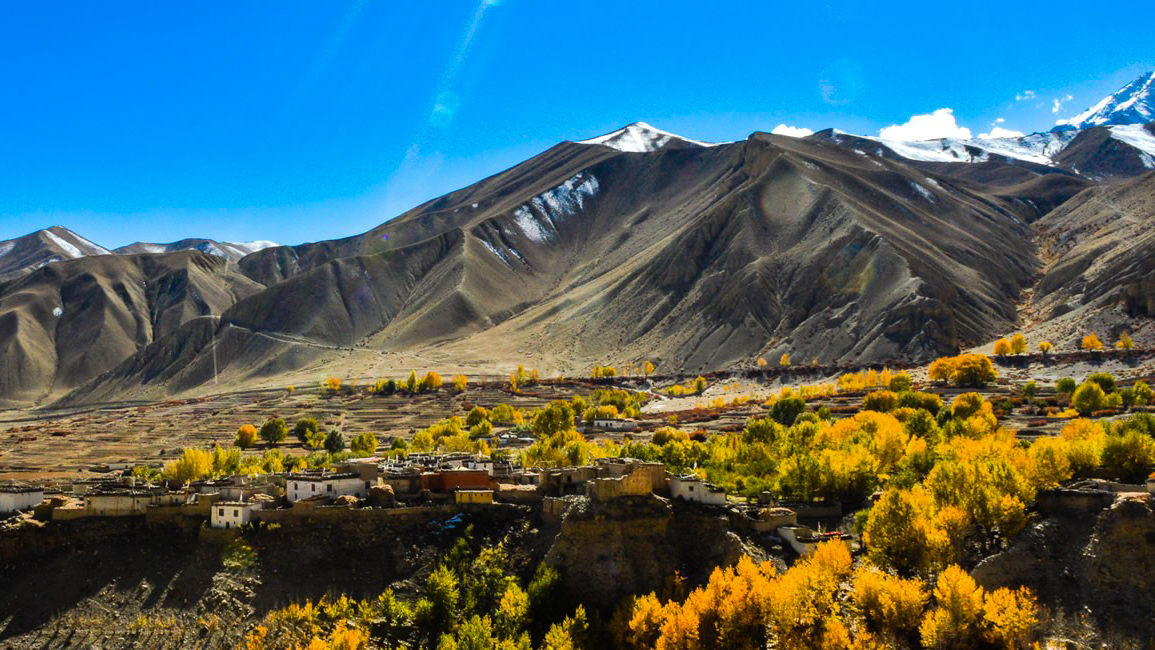
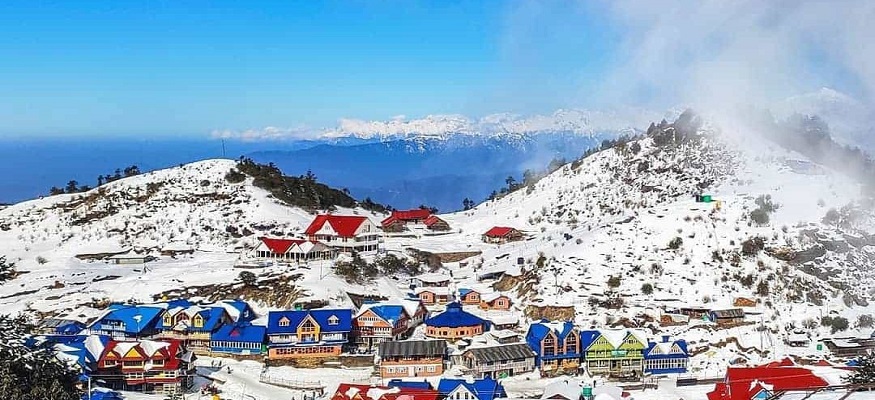

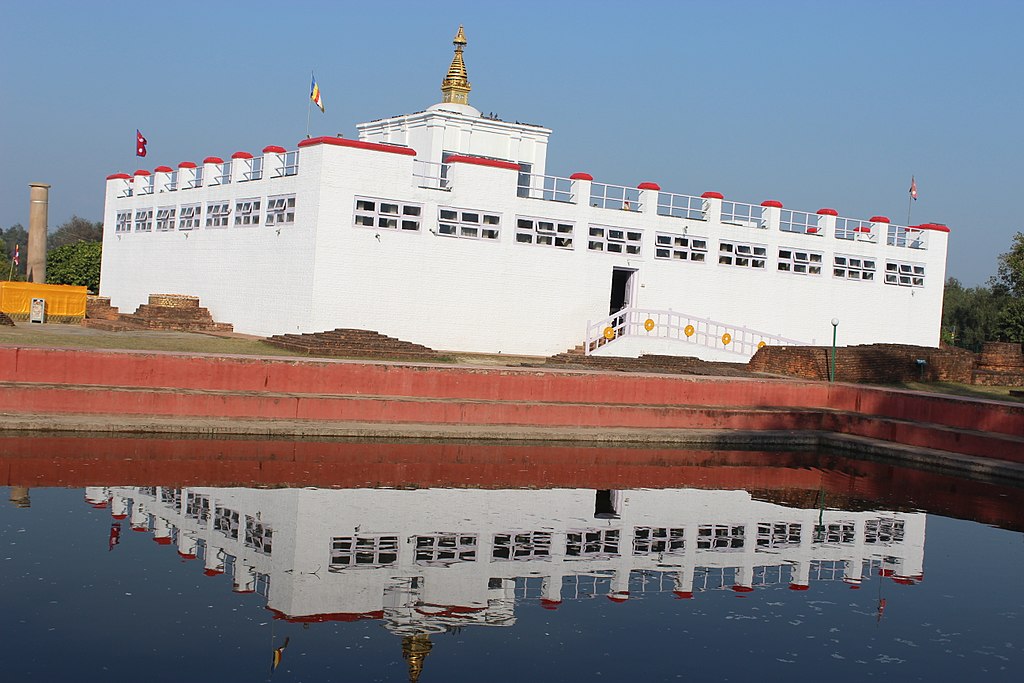

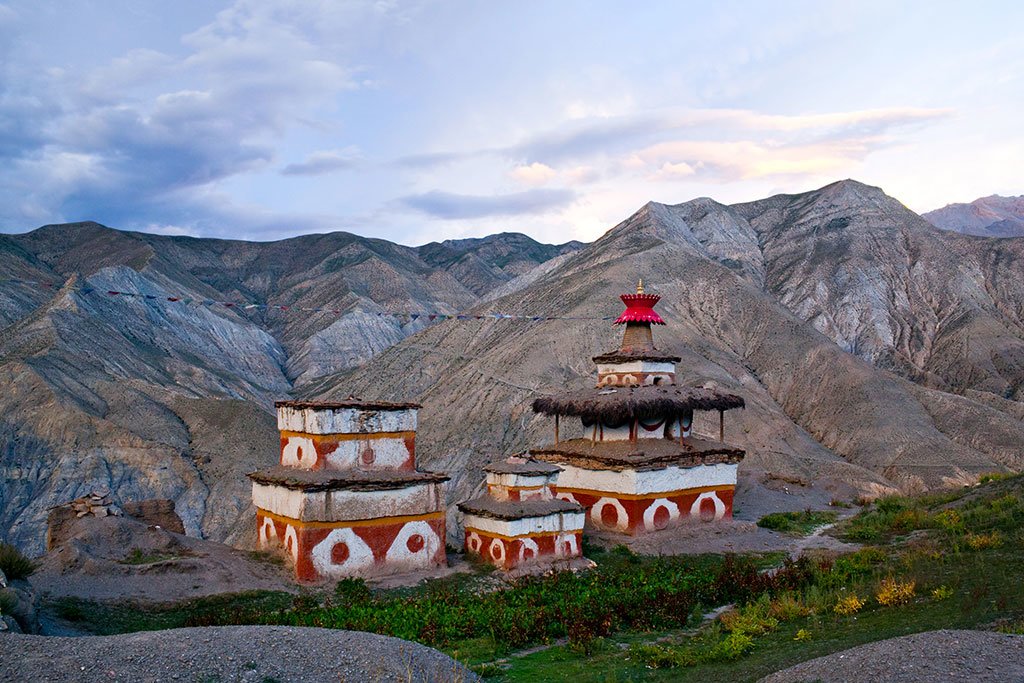

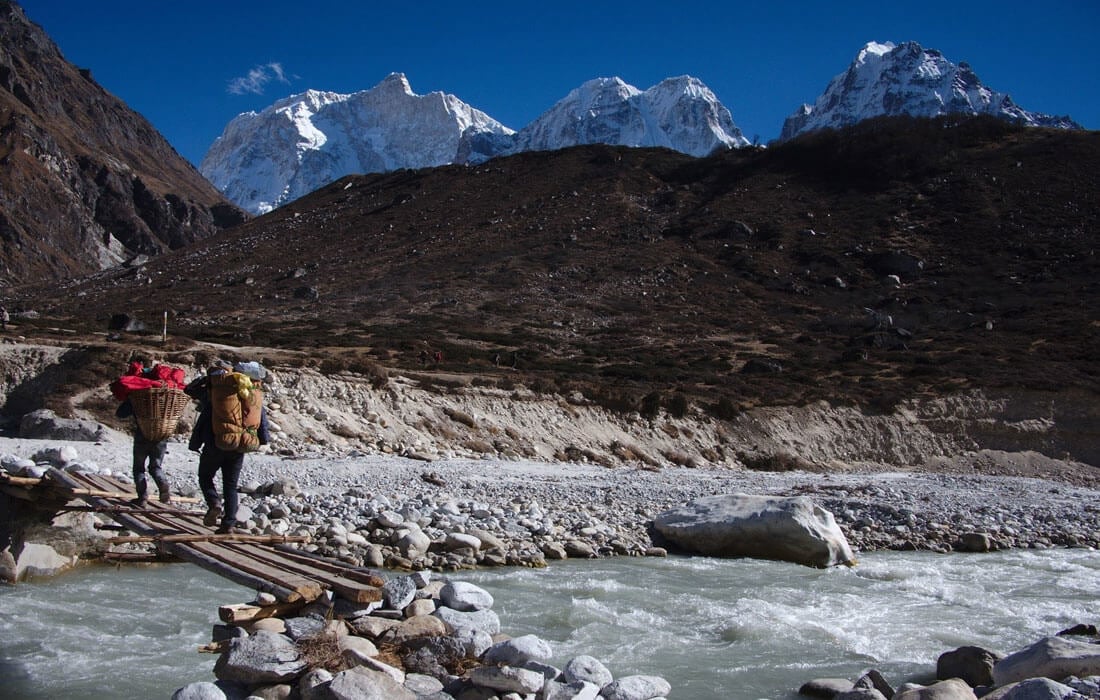








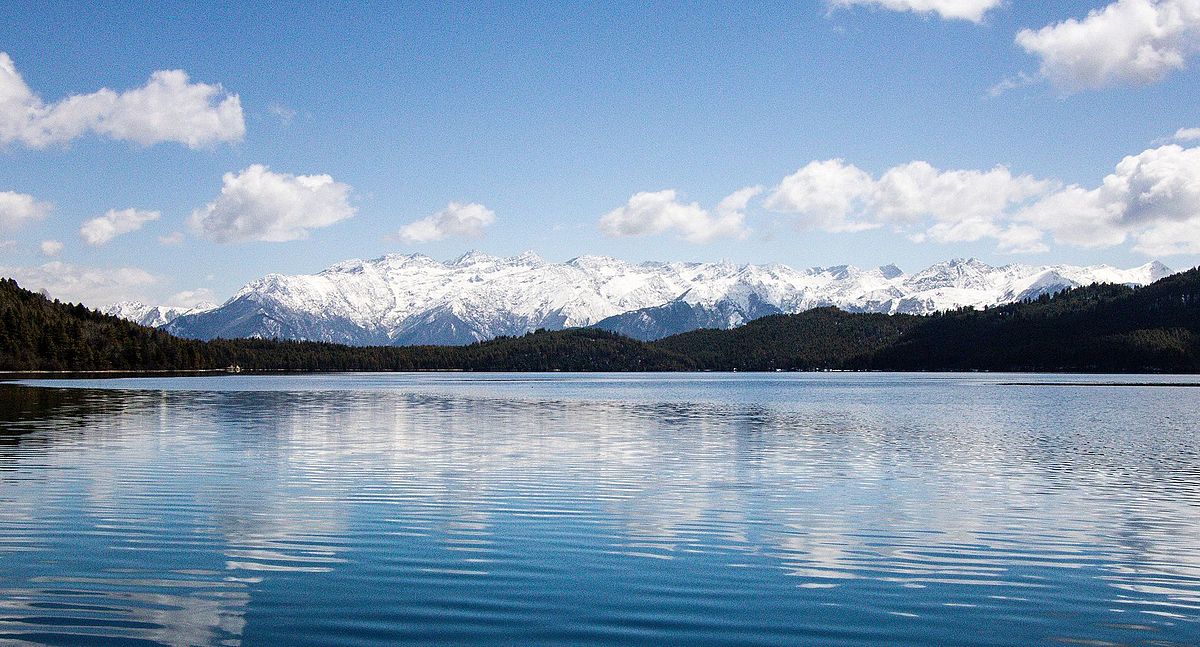
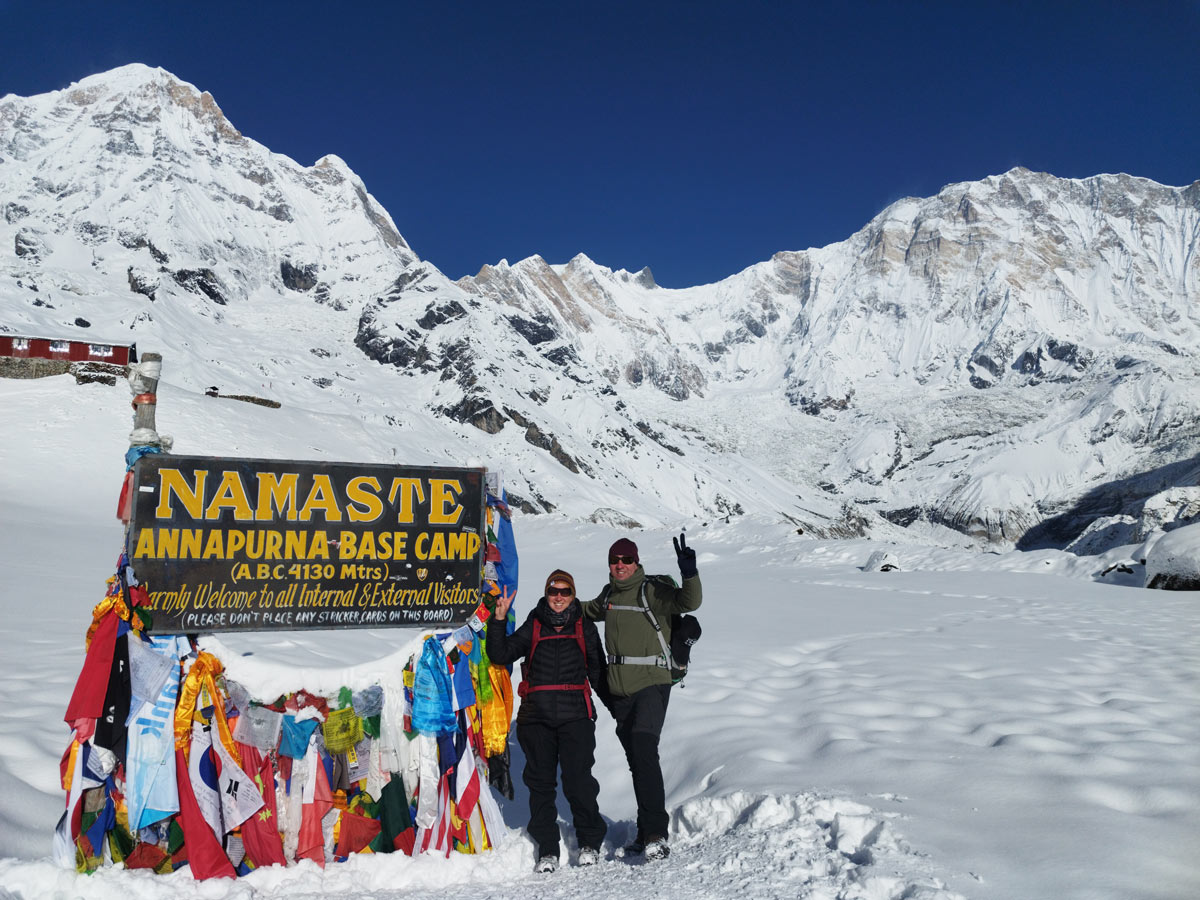





























































Comments